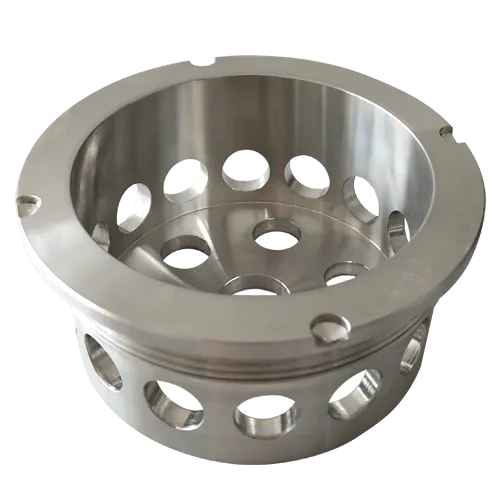Mobile:+86-311-808-126-83
Email:info@ydcastings.com
German
die casting process steps
The Die Casting Process Steps Involved
Die casting is an essential manufacturing process widely used in various industries to produce complex and highly accurate metal parts. This process involves forcing molten metal into a mold cavity under high pressure. While modern die casting techniques have been refined, the fundamental steps remain consistent. In this article, we will explore the key steps involved in the die casting process.
1. Design and Mold Creation
The first step in the die casting process is the design of the part to be manufactured. Engineers collaborate to create detailed drawings and specifications, taking into consideration factors such as functionality, dimensions, and material properties. Once the design is finalized, the next step is to create the mold. Die molds are typically made from high-strength steel to withstand the intense pressure and temperature associated with the die casting process. The molds are precision-machined to ensure they can produce parts with tight tolerances.
2. Preparing the Die Casting Machine
Before commencing the die casting, the die casting machine must be prepared. This involves setting up the machine parameters and ensuring that the die molds are properly installed. Die casting machines are specifically designed to apply high pressure, which can exceed 20,000 psi in some cases. The machine must be calibrated to ensure optimal performance. This may include adjusting the temperature of the molten metal and ensuring that the machine operates smoothly and efficiently.
3. Melting the Metal
The next step in the die casting process is melting the metal, which is usually an aluminum, zinc, or magnesium alloy. The metal is heated in a furnace until it reaches a temperature that allows it to flow freely. This molten metal must be free from contaminants, as impurities can affect the quality of the final product. After melting, the metal is often tempered to ensure uniform consistency.
die casting process steps

Once the metal is ready, it is injected into the mold cavity. The die casting machine uses a piston or plunger to inject the molten metal at high speed into the mold. The pressure and speed are critical factors that influence the filling of the mold and the eventual quality of the cast part. It is essential to fill the mold quickly to prevent the metal from solidifying before the mold is completely filled.
5. Cooling and Solidification
After the molten metal is injected into the mold, it must cool and solidify. This cooling process typically takes a few seconds to a few minutes, depending on the complexity and thickness of the part. The cooling time can be influenced by the design of the mold, as well as the thermal conductivity of the metal used. Proper cooling is essential to prevent defects such as shrinkage or warping in the final product.
6. Ejection of the Cast Part
Once the metal has solidified, the next step is to eject the part from the mold. This is accomplished by using ejector pins that push the finished part from the mold cavity. Care must be taken during this process to avoid damaging the part. After ejection, the part may need to undergo secondary operations, such as trimming or machining, to achieve the desired finish.
7. Inspection and Quality Control
The final step in the die casting process involves inspecting the produced parts for quality assurance. Various testing methods, including visual inspection, dimensional checks, and non-destructive tests, may be conducted to ensure that the parts meet the required specifications. Any defects identified in this stage may necessitate rework or scrapping of the part.
Conclusion
The die casting process is a sophisticated manufacturing technique that enables the production of intricate metal parts with high precision. Understanding each step of the process, from mold creation to quality control, is essential for manufacturers aiming to optimize their production efficiency and product quality. With advancements in technology, die casting continues to play a significant role in the production of components across diverse industries, including automotive, aerospace, and electronics.











